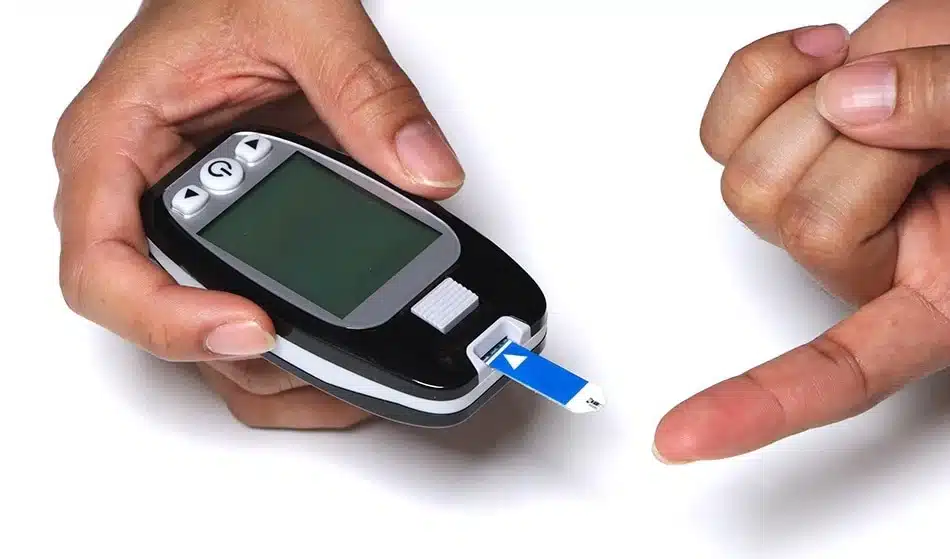In the realm of diabetes management, continuous glucose monitors (CGMs) have revolutionized how patients track their blood sugar levels. However, a concerning issue has emerged: disparity seen in continuous glucose monitor use among kids. This disparity raises questions about access, affordability, and the broader implications for pediatric diabetes care.
The Importance of Continuous Glucose Monitors for Kids
Continuous glucose monitors are vital for managing diabetes effectively, especially for children. These devices provide real-time data on blood glucose levels, helping to prevent dangerous highs and lows. For kids, CGMs can significantly reduce the burden of diabetes management, making it easier for them to lead a more normal life.
Identifying the Disparity
Access and Availability
The first factor contributing to the disparity seen in continuous glucose monitor use among kids is access. CGMs are not universally available, especially in low-income areas. Children from underprivileged backgrounds often face significant barriers in obtaining these devices, which can lead to poorer diabetes management outcomes.
Affordability
Affordability is another critical issue. Continuous glucose monitors can be expensive, and not all insurance plans cover them. Families with lower incomes may struggle to afford these devices, resulting in a significant gap in their usage among children from different socioeconomic backgrounds.
More Read About Exploring Continuous Glucose Monitors in Hospitals: TIGHT Study’s Impact
Awareness and Education
There is also a disparity in awareness and education about CGMs. Families from less privileged backgrounds may not have access to the same level of education and resources about diabetes management tools as more affluent families. This lack of awareness can prevent them from seeking out or knowing the benefits of continuous glucose monitors.
The Implications of Disparity in Continuous Glucose Monitor Use
Health Outcomes
The disparity seen in continuous glucose monitor use among kids has serious implications for health outcomes. Children who do not have access to CGMs may experience more frequent and severe episodes of hypo- or hyperglycemia. Over time, this can lead to more significant health complications and a lower quality of life.
Psychological Impact
The psychological impact on children who do not have access to CGMs is also considerable. Managing diabetes without the aid of a CGM can be more stressful and anxiety-inducing. Children may feel isolated and different from their peers, affecting their mental and emotional well-being.
Long-term Consequences
Long-term, the disparity in CGM use can lead to broader health inequalities. Children who grow up without adequate diabetes management tools may have more significant health issues as adults, perpetuating a cycle of health disparity and increased healthcare costs.
Addressing the Disparity
Policy and Advocacy
To address the disparity seen in continuous glucose monitor use among kids, policy changes and advocacy are essential. Governments and healthcare organizations need to recognize the importance of CGMs and work towards making them more accessible and affordable for all children, regardless of their socioeconomic status.
Insurance Coverage
Expanding insurance coverage for continuous glucose monitors is a crucial step. Insurance companies should be encouraged or mandated to cover CGMs for children with diabetes. This would help reduce the financial burden on families and increase the adoption of these life-saving devices.
Education and Outreach
Outreach and education initiatives might also aid in closing the gap. Providing information and resources about the benefits and availability of CGMs to underprivileged communities can empower families to seek out these devices. Healthcare providers should play an active role in educating patients about the advantages of continuous glucose monitoring.
Community and Support Networks
Building strong community and support networks can also mitigate the disparity seen in continuous glucose monitor use among kids. Local health organizations, schools, and community centers can provide support and resources to families managing diabetes. Peer support groups can offer practical advice and emotional support, helping families navigate the challenges of diabetes management.
Technological Innovations
Advancements in technology can also help address the disparity. Companies developing CGMs should consider creating more affordable versions of these devices without compromising their effectiveness. Additionally, mobile apps and telehealth services can make it easier for families to access information and support remotely.
Case Studies and Success Stories
Highlighting case studies and success stories can inspire action and change. Sharing examples of how continuous glucose monitors have improved the lives of children from diverse backgrounds can motivate policymakers, healthcare providers, and communities to work towards reducing the disparity in CGM use.
Conclusion
The disparity seen in continuous glucose monitor use among kids is a pressing issue that requires immediate attention. Continuous glucose monitors are crucial for effective diabetes management, and every child deserves access to these life-saving devices. By addressing barriers related to access, affordability, and education, and through concerted efforts from policymakers, healthcare providers, and communities, we can work towards ensuring that all children with diabetes possess how they can live long, healthy lives. The journey towards equitable CGM use may be challenging, but the potential benefits for the health and well-being of our children make it a goal worth striving for.


